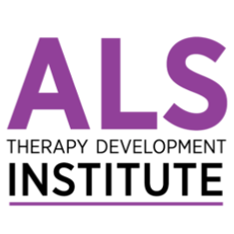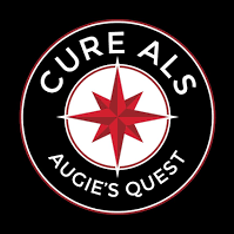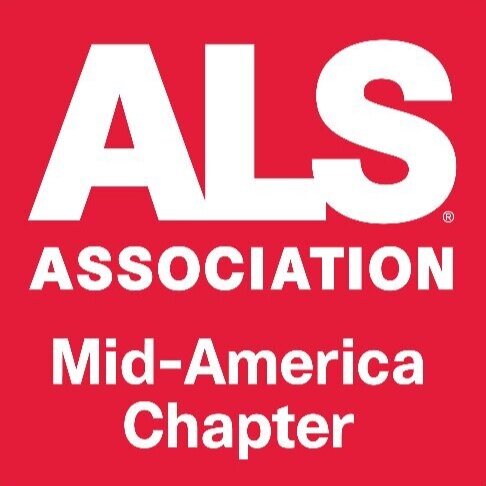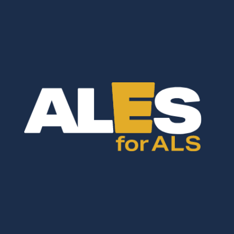ALS ORGANIZATIONS WE SUPPORT AND FAQs ABOUT SCOTT’S DISEASE
What does ALS stand for?
ALS stands for Amyotrophic lateral sclerosis. Also known as Motor Neuron Disease (MND), Lou Gehrig's Disease, and Charcot's disease, ALS is a progressive neurodegenerative disease that attacks motor neurons in the brain and spinal cord resulting in the wasting away of muscle and eventually paralysis.
Is there a treatment for ALS?
Currently, there are no FDA-approved treatments to stop the disease's progression or prevent onset. There are two medications approved by the FDA which attempt to slow ALS progression; Riluzole and Radicava. People diagnosed with ALS are encouraged to speak with their doctors about these approaches. While neither were found in clinical trials to be broadly disease modifying in all people with ALS, many people do experience some impact on their disease progression. This can be monitored in part through participation in the Precision Medicine Program. There are a number of ongoing trials examining potential treatments for ALS. You can find a list on our clinical trials page.
Who gets ALS and why?
There are two broad categories of ALS - sporadic ALS (sALS, essentially of unknown cause) and familial ALS (fALS, with a direct genetic cause). Familial ALS makes up about 10% of all ALS cases and occurs when specific genetic mutations are inherited and passed down through generations. More than 30 genes have been identified with mutations associated with ALS.
The remaining 90% of cases are sporadic ALS, meaning there is no known history of the disease in the family. There are many theories outlining potential causes of ALS including oxidative stress mitochondrial dysfunction, immune system over activity, glutamate toxicity and toxic exposures. ALS appears to affect men at a higher rate than women below the ages of 65. For men and women over the age of 70, incidence appears to be the same. It is important to note that familial ALS and sporadic ALS are seemingly indistinguishable clinically from one another. For more information, visit the "What is ALS?" section of the website.
How many people have ALS?
It is generally estimated that there are 30,000 people in the United States living with ALS at any given time. The number is estimated at around 450,000 worldwide. These numbers are hard to accurately determine because there is no standard measure, the disease takes time to diagnose, and availability of adequate medical care for neurological diseases varies by country. Generally speaking, someone gets diagnosed with ALS every 90 minutes. There are many national efforts, including one in the US, to count and/or register people living with ALS.
Is ALS fatal?
Yes, ALS is considered to be fatal. Many patients succumb to respiratory failure and other complications of the disease. Most people with ALS live 3-5 years after their first signs of disease, but progression varies, and up to 10% are estimated to survive 10 years or longer. Survival can also be extended if a person opts for mechanical ventilation.
Is an ALS diagnosis definite?
There is no single diagnostic test for ALS. However, neurologists specializing in neuromuscular diseases can diagnose people through a variety of tests and symptom monitoring. There are three types of ALS diagnosis; definite, probable, or possible ALS. Probable or definite ALS is when loss of both upper and lower motor neurons is detected in two or more regions of the body. If the loss of both upper and lower motor neurons is detected in only one region of the body, it is diagnosed as possible ALS. This distinction is primarily applicable to inclusion criteria for clinical trial enrollment.
How does ALS start and is disease progression constant?
The initial signs of the disease vary from patient to patient, and can begin with very small or gradual changes. Many patients experience weakness in a specific muscle group, such as the leg or front part of the foot, also known as limb onset. This initial muscle weakness will spread to other parts of the body with varying rates of progression between patients. Symptoms beginning in the chest or neck and mouth area are referred to as bulbar onset. Check out the Prognosis section of our "What is ALS?" page for more information.







